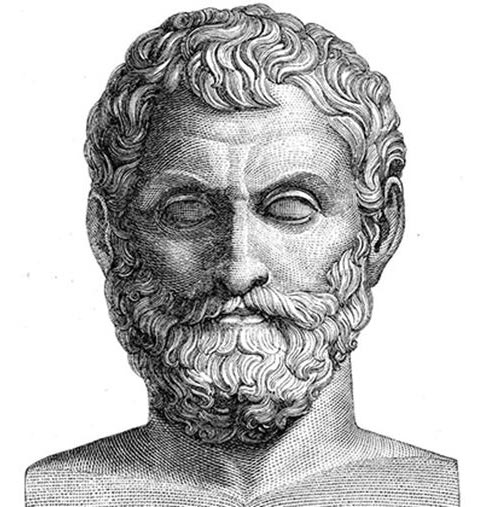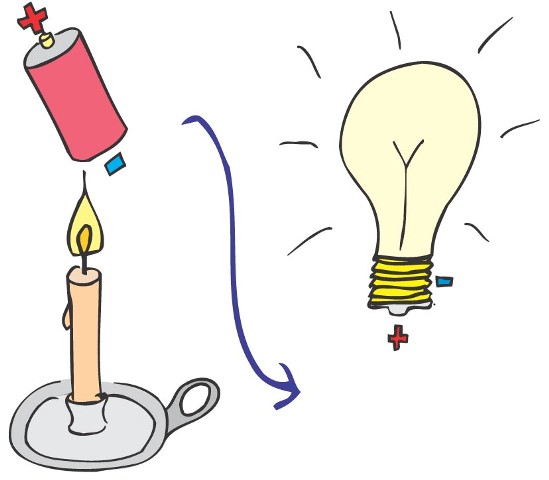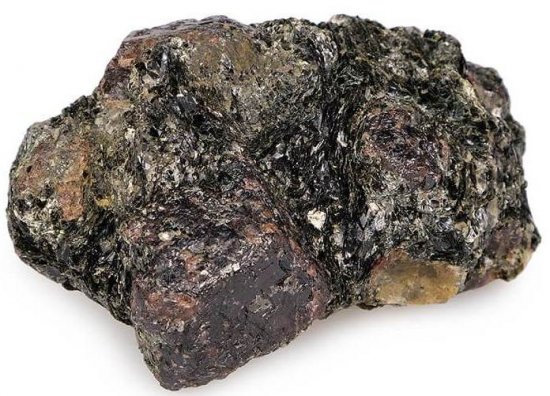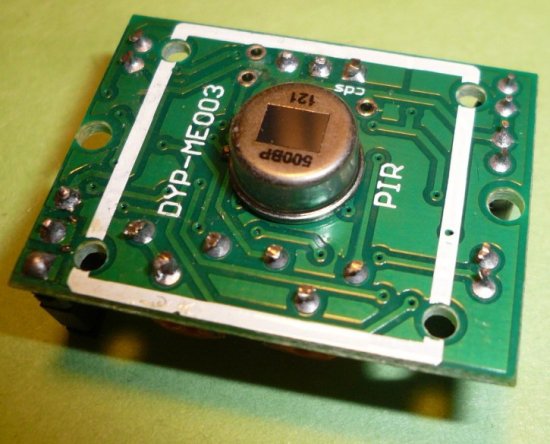Pyroelectricity—Discovery, Physical Basis and Applications
History of discoveries
Legend has it that the first records of pyroelectricity were made by the ancient Greek philosopher and botanist Theophrastus in 314 BC. According to these records, Theophrastus once noticed that crystals of the mineral tourmaline, when heated, began to attract pieces of ash and straw. Much later, in 1707, the phenomenon of pyroelectricity was rediscovered by the German engraver Johann Schmidt.

There is another version, according to which the discovery of pyroelectricity is attributed to the famous ancient Greek philosopher and traveler Thales of Miletus, who, according to this version, made the discovery at the beginning of the 6th century BC. N. E. Traveling to eastern countries, Thales made notes on minerals and astronomy.
By investigating the ability of rubbed amber to attract straws and downwards, he was able to scientifically interpret the phenomenon of electrification by friction. Plato would later describe this story in the Timaeus dialogue.After Plato, already in the 10th century, the Persian philosopher Al-Biruni in his work "Mineralogy" described similar properties of garnet crystals.
The connection between the pyroelectricity of crystals and other similar electrical phenomena would be proven and developed in 1757, when Franz Epinus and Johann Wilke began to study the polarization of certain materials as they rubbed against each other.
After 127 years, the German physicist August Kundt will show a vivid experiment in which he will heat a tourmaline crystal and pour it through a sieve with a mixture of red lead and sulfur powders. The sulfur will be positively charged and the red lead negatively charged, resulting in the red-orange red lead coloring one side of the tourmaline crystal and the other side covered in a bright yellow-gray. August Kund then cooled the tourmaline, the "polarity" of the crystal changed and the colors switched places. The audience was delighted.
The essence of the phenomenon is that when the temperature of the tourmaline crystal changes by only 1 degree, an electric field of about 400 volts per centimeter appears in the crystal. Note that tourmaline, like all pyroelectrics, is both piezoelectric (by the way, not all piezoelectrics are pyroelectrics).

Physical foundations
Physically, the phenomenon of pyroelectricity is defined as the appearance of an electric field in crystals due to a change in their temperature. The change in temperature can be caused by direct heating, friction or radiation. These crystals include dielectrics with spontaneous (spontaneous) polarization in the absence of external influences.
Spontaneous polarization is usually not noticed because the electric field it creates is offset by the electric field of free charges that are applied to the crystal by the surrounding air and by the bulk of the crystal. When the temperature of the crystal changes, the magnitude of its spontaneous polarization also changes, which leads to the appearance of an electric field, which is observed before compensation with free charges occurs.

A change in the spontaneous polarization of pyroelectrics can be initiated not only by a change in their temperature, but also by mechanical deformation. That is why all pyroelectrics are also piezoelectrics, but not all piezoelectrics are pyroelectrics. Spontaneous polarization, that is, the mismatch of the centers of gravity of the negative and positive charges inside the crystal, is explained by the low natural symmetry of the crystal.
Applications of pyroelectricity
Today, pyroelectrics are used as sensing devices for various purposes, as part of radiation receivers and detectors, thermometers, etc. All of these devices exploit a key property of pyroelectrics—any type of radiation acting on the sample causes a change in the temperature of the sample and a corresponding change in its polarization. If in this case the surface of the sample is covered with conductive electrodes and these electrodes are connected by wires to the measuring circuit, then an electric current will flow through this circuit.
And if there is a flow of any kind of radiation at the input of a pyroelectric converter, which causes fluctuations in the temperature of the pyroelectric (periodicity is obtained, for example, by artificial modulation of the radiation intensity), then an electric current is obtained at the output, which also changes with a certain frequency .
The advantages of pyroelectric radiation detectors include: an infinitely wide range of frequencies of detected radiation, high sensitivity, high speed, thermal stability. The use of pyroelectric receivers in the infrared region is particularly promising.
They actually solve the problem of detecting low-power thermal energy flows, measuring the power and shape of short laser pulses, and highly sensitive non-contact and contact temperature measurement (with microdegree accuracy).
Today, the possibility of using pyroelectrics to directly convert thermal energy into electrical energy is seriously discussed: an alternating flow of radiant energy generates an alternating current in the external circuit of a pyroelectric element. And although the efficiency of such a device is lower than the existing energy conversion methods, still for some special applications this conversion method is quite acceptable.
The already used possibility of using the pyroelectric effect to visualize the spatial distribution of radiation in infrared imaging systems (night vision, etc.) is particularly promising. Created pyroelectric vidicons — heat-transmitting television tubes with a pyroelectric target.
The image of a warm object is projected onto a target, building on it the corresponding relief of the charge, which is read by a scanning electron beam. The electrical voltage created by the electron beam current controls the brightness of the beam that paints the image of the object on the screen.


